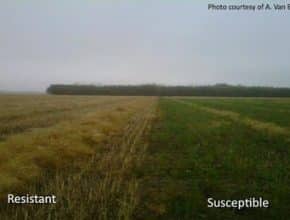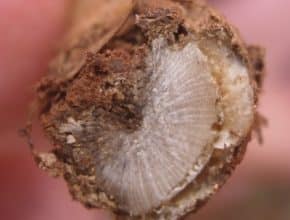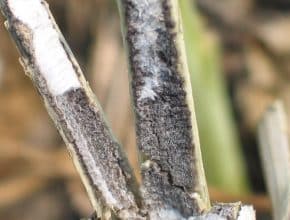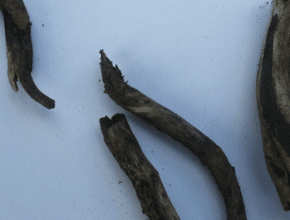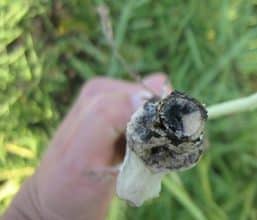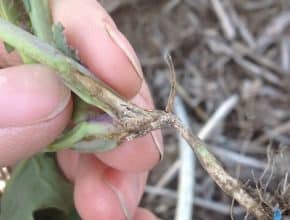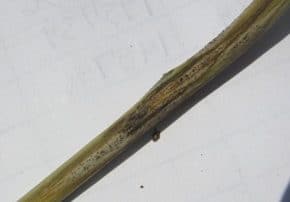Growing clubroot resistant varieties in areas with low levels of inoculum or areas beside regions known to have clubroot is a good pre-emptive strategy to keep clubroot to a minimum in a particular field. The question for growers in areas with serious blackleg is whether to grow varieties with effective blackleg resistance or grow varieties with clubroot resistance. Current varieties…
Blackleg
-
-
-
While you are out there checking to see if your crop is ready to cut/harvest is a perfect time to also check for disease! Likewise, the representative sampling technique used to accurately determine the stage of the crop is also ideal for disease scouting of your field. Pulling out a few plants and checking for the big three diseases, as…
-
A vivid new video from the Canola Council of Canada zooms in on blackleg, showing how the canola disease infects a plant, how it spreads throughout a field, and what growers can do to protect blackleg resistance traits. The video, called “Blackleg Disease and Resistance Management,” is posted at www.youtube.com/canolacouncil…
-
-
Growers are encouraged to check maturing crop for blackleg infection. It’s too late for fungicide to provide any benefit, but checking now can help plan for next year. Try to figure out why blackleg is worse than usual. It could be tight rotation. It could be use of a less resistant variety. Take steps to avoid that situation next time…
-
Early blackleg infection — from the cotyledon to 3-4 leaf stages — leads to the greatest yield loss. If growers see blackleg lesions on cotyledons or leaves early in the season, this may indicate a greater risk of potential blackleg problems. Fungicides are registered for blackleg management in canola…
-

